Sorry, they are just speculators in it for the enforceable income
Translating freeholder or landlord as “building owner” is a bad idea that has led government to make a mess of its efforts to resolve the issue of Grenfell cladding on private sites.
LKP explained to both Dame Judith Hackitt and the Building Safety team last year that using the term “building owner” in the private leasehold world was a fundament misunderstanding of the way the legal framework operates.
We do not have “building owners”: we have landlords and we have tenants.
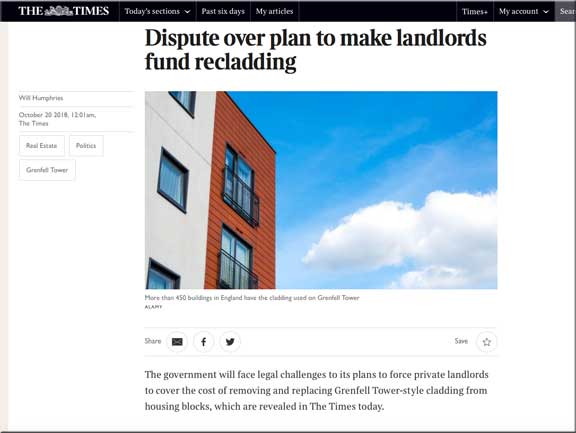 Government plans leaked in The Times to force residential freehold speculators to pay to remove Grenfell cladding from private blocks are doomed to fail.
Government plans leaked in The Times to force residential freehold speculators to pay to remove Grenfell cladding from private blocks are doomed to fail.
The leaseholders are the tenants under the law, even though they have the largest financial interest in a site.
The landlord may own a tiny percentage of the equity in a building – 3-5 percent, typically – but has control of the site and decides how much the leaseholders pay to maintain the building. That is, unless there is a residents’ management company or right to manage has be enacted.
The officials and Hackitt were convinced that the use of the term “building owner” did not matter, as it was an easier concept to put to ministers and the public.
Even though the Leasehold Knowledge Partnership organised the only meeting to date of leaseholders in the affected cladding sites, attended by new Housing Minister Kit Malthouse, officials decided it would be “inappropriate” to recommend that leaseholders contact LKP for help.
That did eventually change and somewhere on the .gov web site it says you can also contact LKP.
In the mean time the government threw £465,000 at the Leasehold Advisory Service, which in turn handed out some entirely ineffectual advice that seems not to have had an impact on any single case (although it did help mess up the leaseholders’ evidence at the Citiscape hearing).
And here is how the Australian government is lending money to sites with Grenfell cladding (but then, they are commonhold strata title, meaning the flat-owners really own their properties):
Reaction to Grenfell and Combustible Cladding – a note from Australia
Problems associated with external wall cladding products became apparent in Australia in 2014 when a fire escalated quickly up the external façade of the Lacrosse tower in Docklands, Victoria.
Meanwhile, the managing agents trade body, ARMA, also took the view it should not work with LKP, because it thought we would simply argue that the leaseholders should not pay. Its CEO Nigel Glen offered pious support for the leaseholders’ plight, but has been entirely unwilling to help them organise themselves to defend their position.
This is not surprising as ARMA represents the interests of larger managing agent firms, which get their business from developers and large freehold owning investors.
Everyone accepted that whoever was responsible for the cladding replacement, it should not be the leaseholder.
It is no more the fault of leaseholders to have purchased a flat in a building with dangerous cladding, than it was the fault a car-buyer told of some manufacturing defect.
The fault is either the house builders or the government regulators.
If it is the developers’ fault, the government should take action against them because the leaseholders have no power to do so, as has been explained by a number of lawyers.
If the developers feel that it was their sub-contractors or cladding engineers who got things wrong, it is for the developer to act against them.
On the other hand, if the government had poor regulations and is at fault, the Hackitt enquiry should have said so by now.
If it is somehow the case that nobody is at fault, then someone should have said so by now and a no-fault system introduced.
There are two groups who are not at fault: the leaseholders and the freeholders.
The Leaseholders
Everyone would expect LKP to argue that it is not the leaseholders fault.
For more than a year, thousands of leaseholders have been under the stress of living in sites with combustible cladding as well as the anxiety that they will somehow face enormous bills to remove it.
The leaseholders’ burden has been added to in part because officials did not take LKP’s advice last year.
Officials argued that justice must take its course with litigation via the property tribunal. We warned that this would not produce justice, let alone a solution.
Should the leaseholders win, it would be impossible to make the landlord replace the cladding (as has been pointed out very clearly by Professor Sue Bright, professor of law at Oxford).
Should the leaseholders lose, they would be liable for costs to pay for something that was not their fault
So should freeholders / landlords have to pay?
Some developers still own the freeholds to sites with Grenfell type cladding, such as Galliard at New Capital Quay in Greenwich, and Ballymore, which is refusing to pay at New Providence Wharf in Poplar, both in east London.
At other sites, the freehold has been sold on, often to unknown private equity investors, such as Abacus Land 4 Limited, part of Will Astor’s Long Harbour fund, which owns the freehold of Heysmoor Heights in Liverpool.
The government’s idea floated in The Times that it now somehow force the freeholders to pay is just as flawed as the plan to make leaseholders pay.
A freehold investment is not some form of altruistic stewardship of a block of flats, as the freeholders excitable PR men and lobbyists sometimes claim.
It is a financial instrument: a piece of paper owned for financial gain.
Yes, some of these freeholders may have proffered some hot air about lending money to help pay for cladding related costs, but in truth these assets are bought and sold like any other commodity on the futures market.
They sometimes form (rather small) part of pension funds investments, but more often they are owned by speculative private equity investors. Their interest is the profit, not building.
What the freeholder may own is sometimes less than 1 per cent of the total asset value at the site. They may, in some cases, have no more involvement than to collect the ground rent.
The tripartite lease structure at Citiscape, in Croydon, is an example.
The Tchenguiz group purchased the freehold from Barratt, which gives it the right to the ground rent incomes but no right to maintain the building.
FirstPort bought the right to maintain the building for the perpetuity of the lease, but have no financial interest in the building.
The leaseholders are liable for paying the costs of maintaining the building under the terms of their lease.
So, how can it be argued that the freeholder should pay?
If there was a fault it can only lie with the developer or the government, but the freeholder has no reason to sue as he has no right or responsibility to maintain the building.
Nor would the embedded managing agent sue the developer or the government, because it has no investment in the building
The leaseholder, being only a tenant in law, has no means to sue the developer or the government.
What next?
If the freeholders choose to pay to remove the Grenfell cladding despite it not being their responsibility or fault, it can only be for some other reason.
If the freeholders look at the issue economically, they would say “no” as they have no way to recover their investment.
If freehold owners of a leasehold blocks of flats can be made to pay for cladding then they may be made liable for any other costs at any point in the future. What may only be their 1% investment in a building will gave turned into a massive liability
It has to be hoped that the government officials understand that for the freeholders to say “yes” it would mean they have entirely devalued the entire asset base of all their ground rent assets into a liability.
We assume the freeholder have been beating a door to the lawyers this weekend.
The Hackitt and building safety team’s simplistic “building owner” view of the world may become very expensive.






 Why should Will Astor, Tchenguiz etc be paying to remove Grenfell cladding?
Why should Will Astor, Tchenguiz etc be paying to remove Grenfell cladding?


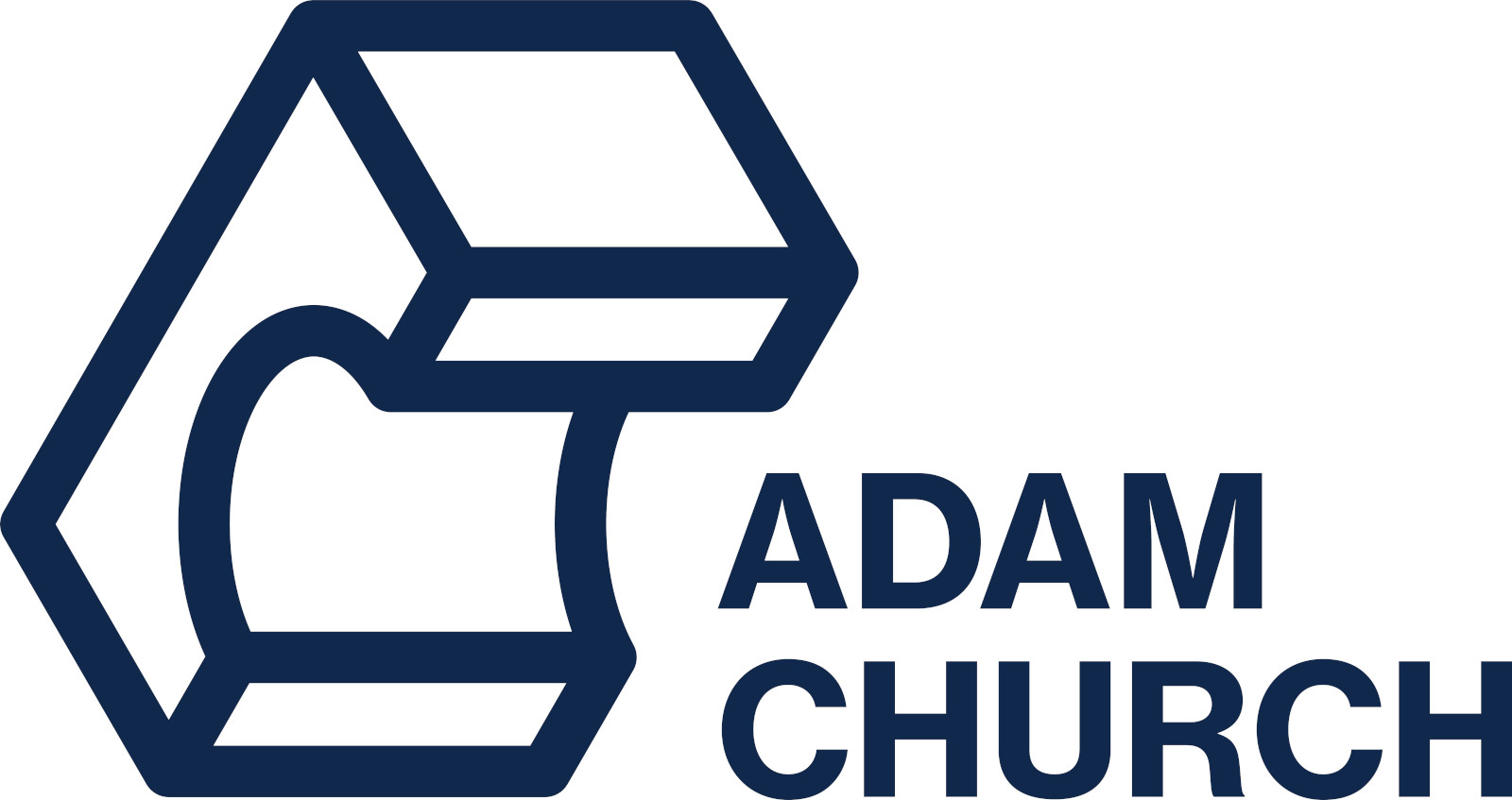


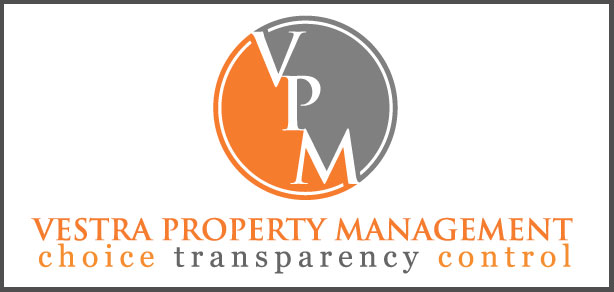

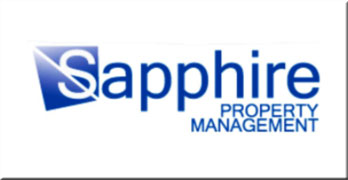


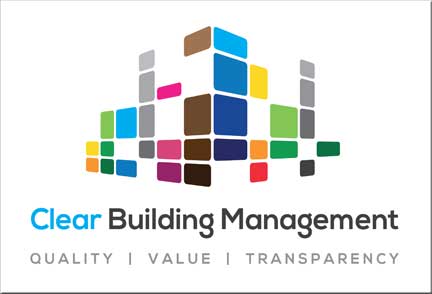











English residential leasehold is a dog’s dinner steeped as it cunningly is in the English’s deference to the term ‘Landlord’.
Only in leasehold does a minority stakeholder who does NOT buy the actual building end up constantly and zealously promoted by courts and governments alike to the godlike status of landlord – complete with superior human rights compared to the peasant class of ‘tenants’.
When someone invests in a freehold, as LKP constantly highlights, they pay only the value of the freehold and for a reversionary right to the building should the leases expire.
How does a ‘reversion’ magically become a here and now absolute ownership? Apparently it does in English law because courts overrule leaseholder objections to allow minority stakeholder freeholders – who have paid zero for the built asset – to build extra units in top. No need to wait for any future ‘reversion’.
Not sure I see LKP’s issue with government simply tearing up the sham of ‘reversionary interest’ and forcing freeholders to pay for repairs – as in effect that is what they seem to be proposing.
Why would cladding be one exception?
The great scandal of long leasehold -by design- is not the ground rent income stream but the freedom to, in reality, acquire lordship of premises without any need to pay the purchase price of the premises, or pay for any repairs, and meanwhile force the tenants to pay full market price AND pay all repair and maintenance costs too. You could not invent such a scam these days?
It is all a dog’s dinner and all I see so far is leaseholders having their investment values trashed as this sham form of tenure is now shouted from every media headline. Name me one positive enactment to date?
Nice work for a government that has no idea what it is doing.